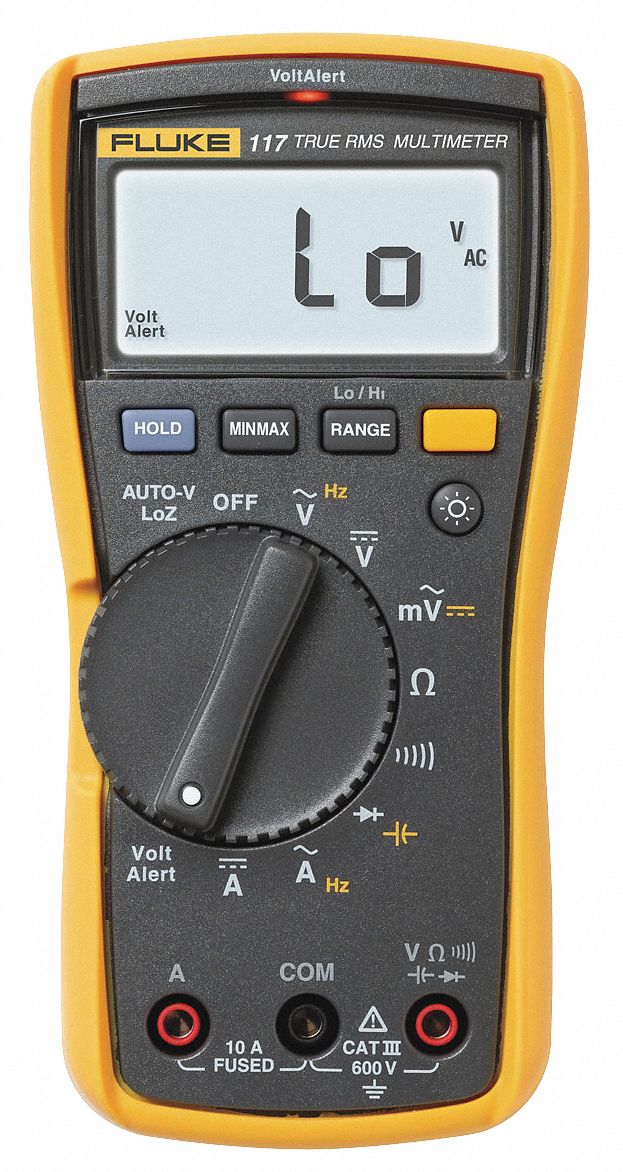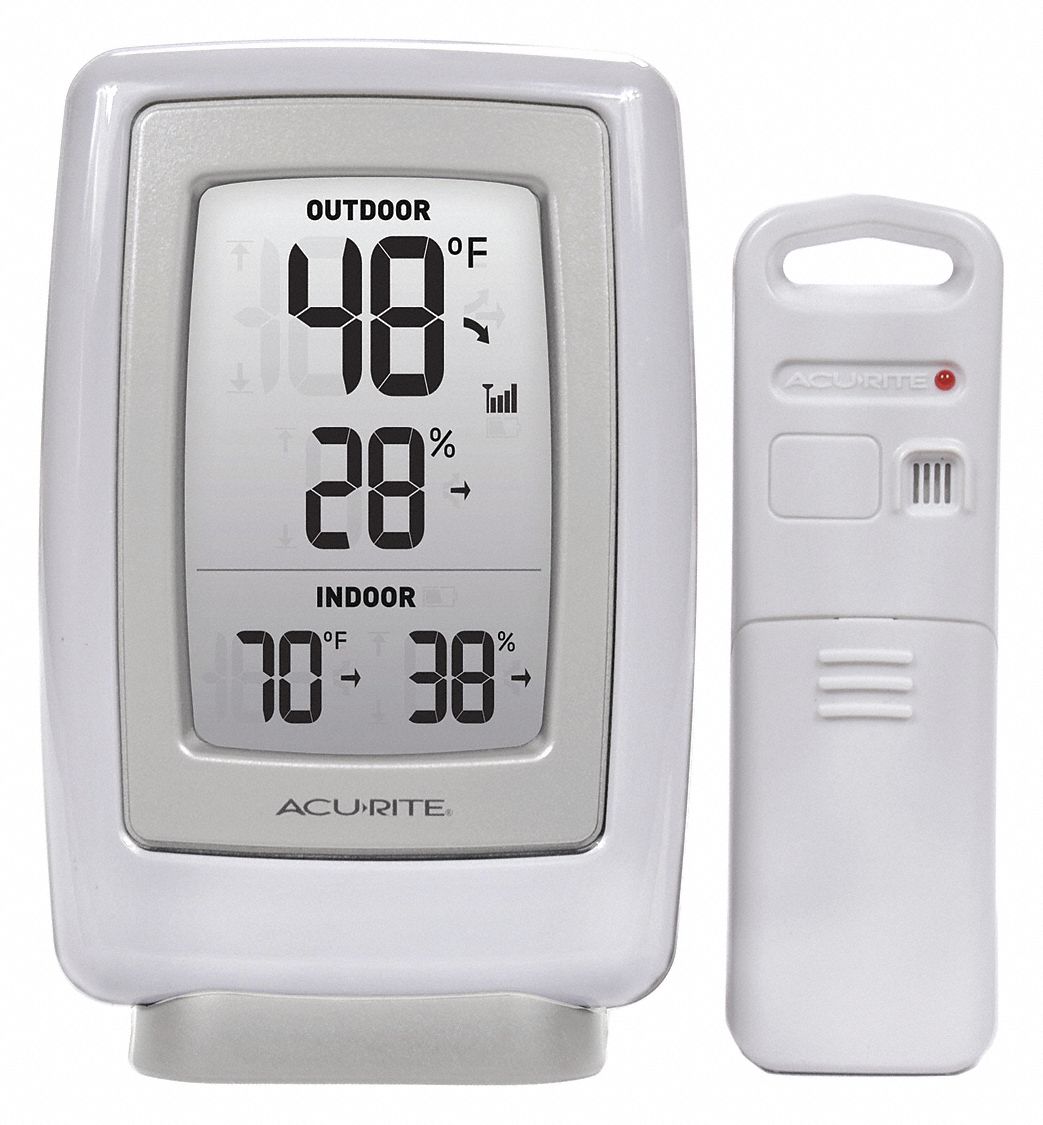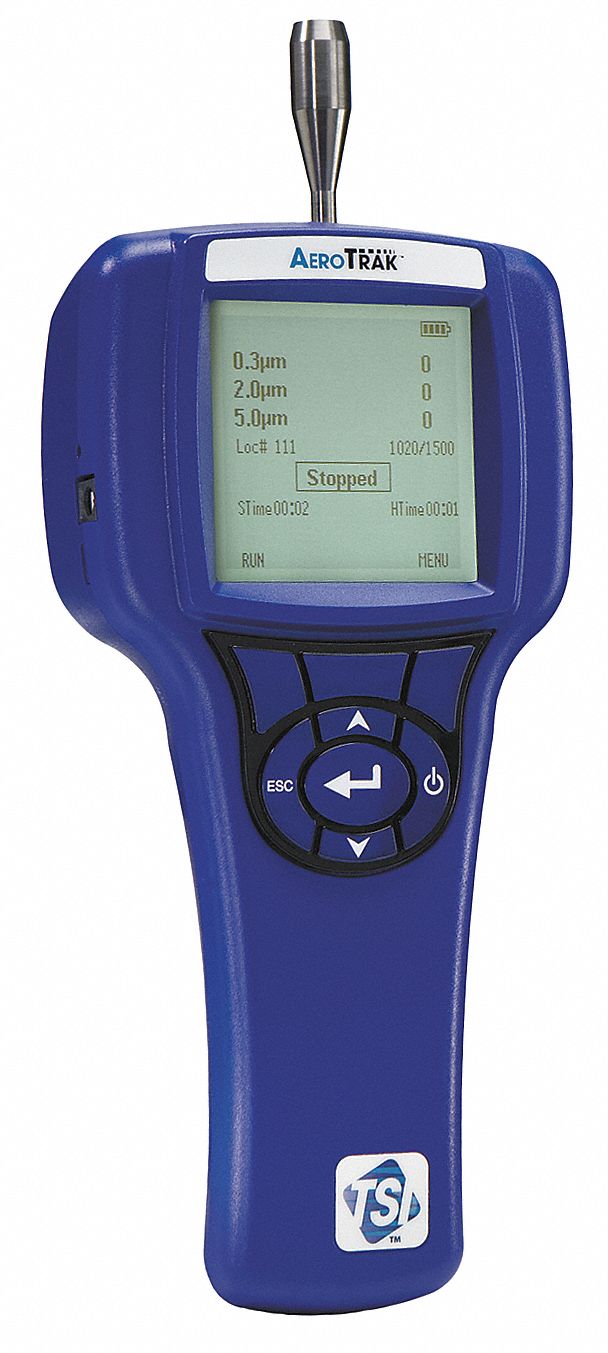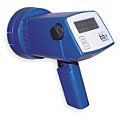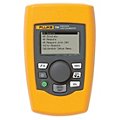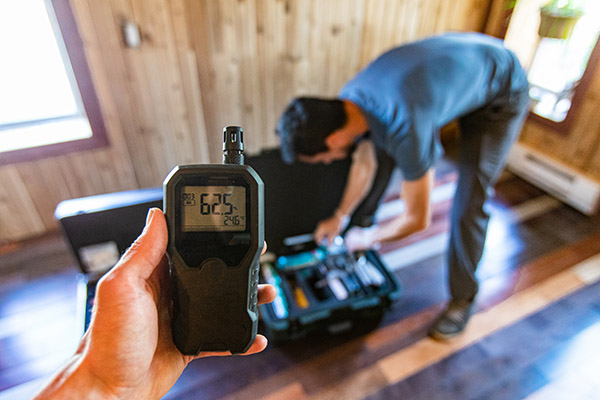

How to Test for Indoor Air Quality
By Grainger Editorial Staff 4/21/22


Maintaining indoor air quality (IAQ) is an important part of environmental workplace safety. IAQ references the health and comfort aspects of the air in and around buildings. Health effects of poor IAQ can show up after just one exposure, or perhaps not for years, according to the Environmental Protection Agency.
Indoor air quality has become an area of greater concern after energy conservation measures of the 1970s limited the flow of outside air into buildings, increasing the buildup of indoor contaminants. If employees are complaining about the air quality in their work environment, or even worse, becoming ill, indoor air quality testing may be one way to help address the issue.
The National Institute for Occupational Safety and Health (NIOSH) notes it’s difficult to determine which contaminants, if any, are responsible for unsatisfactory IAQ. But OSHA provides guidelines for how to conduct investigation and testing that may help you identify potential sources of poor IAQ.
Interview Employees
Ask employees for specifics on when they notice feeling ill or when the air quality seems poor. Have them record when they start to feel bad and any symptoms. Your investigation should also note health characteristics of the employees, such as whether they smoke, have pre-existing conditions or take medications.
Perform an Air Quality Inspection
OSHA referenced data from NIOSH that found 52% of IAQ problems were related to poor building ventilation. Therefore, start by evaluating the HVAC system. Addressing problems with fresh-air intake may be enough to solve IAQ issues.
Further inspection of the building should consider possible sources of indoor contaminants, such as office machines, cleaning products, perfumes and microbial growth. Also look for outdoor contaminants that could influence the indoor environment, including vehicle exhaust, dust and other contaminants generated by construction or atmospheric pollutants.
Measure or Sample the Air
If your initial interviews and investigation lead you to collect air samples or measure for contaminants, OSHA’s guidelines say to start with general screening to help identify areas that may require more extensive air quality testing. Some of the tools available to measure IAQ include:
- IAQ Screening Kits: Each type of kit screens for one specific family of contaminants, such as mold, formaldehyde, radon, lead, dust mites and more. Some are for air sampling and others are for surface sampling. These kits can help determine whether you need more extensive testing.
- Gas Analyzers: These are either hand-held or wall-mounted with a digital readout. They can help determine the presence of carbon monoxide, carbon dioxide and formaldehyde in the air, along with temperature and humidity.
- Particle Counters: These can determine the concentration of particles as small as 0.3 microns, though they don’t identify what the contaminants are. They also can measure temperature, dew point and other factors. Data can be downloaded via internet connections to a computer for analysis.
- Combustible Gas Detectors: These handheld tools can identify a range of gases that can negatively influence IAQ, including methane, butane, ammonia and more.
Results from these screenings may suggest moving on to more detailed, validated sampling. The National Institutes of Health compiled a list of voluntary air quality guidelines for a range of common pollutants, which may help you determine next steps. OSHA provides more information on validated sampling and analysis.
Contact Grainger Environmental, Health and Safety Services for help in improving the environmental aspects of your facility.
The information contained in this article is intended for general information purposes only and is based on information available as of the initial date of publication. No representation is made that the information or references are complete or remain current. This article is not a substitute for review of current applicable government regulations, industry standards, or other standards specific to your business and/or activities and should not be construed as legal advice or opinion. Readers with specific questions should refer to the applicable standards or consult with an attorney.

